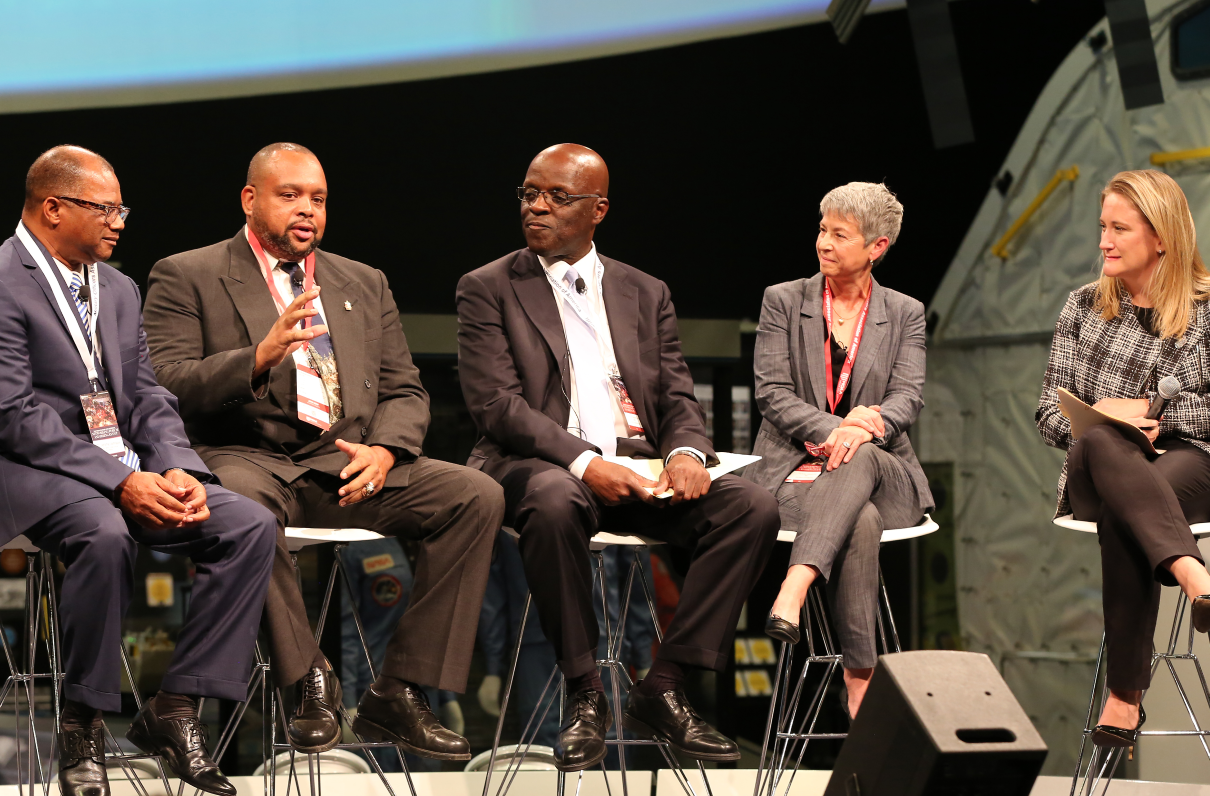There tends to be a fair bit of confusion among job seekers about what a CV is and when to use one when pursuing employment.
CV is short for “curriculum vitae,” which in Latin means “course of life.” CVs and résumés are both used for seeking employment; each provides a brief account of a person’s education, qualifications, previous professional experience, achievements, awards, and honors.
However, there are some differences: The CV goes into much greater depth and detail than a résumé, and as a result of the greater detail and information, a CV can be considerably longer.
So, how do you know which format to use? It’s actually pretty straightforward.
[RELATED: How to Write a Job-Specific Resume]
In the U.S. and Canada, CVs are primarily used when applying for positions in academia (colleges and universities), research, or medicine; résumés are used for about everything else. Outside of the U.S., CVs are used for almost all job applications. The job announcement usually will tell you which document is required when applying.
Just as with résumés, there is no set format for CVs. You’ll have a lot of latitude in deciding how you want your CV to look and feel. Whatever format you ultimately choose, though, should be constructed in a way that clearly conveys the required information. Be consistent in how you present information from section to section, and always check for spelling and grammar errors. It’s a best practice to have objective readers (such as MOAA’s career transition specialists) review your draft CV to catch mistakes you may have missed.
Which font you use is personal preference, but it is best to avoid fancy or difficult-to-read fonts, or fonts that are too small. Bolding your name and section titles help them stand out and facilitate reading.
CV Pointers
In your contact information, include your full name, current position, current university (if applicable), phone number, email address, and customized LinkedIn URL.
[RELATED: 6 Tips to Maximize Your LinkedIn Profile]
For your education, indicate degree, degree field, school, any honors, and year each degree was conferred, listing the highest degree first. Include any certifications or specialized training that relates to your professional area.
Include your thesis/dissertation title with a brief description, and the name of your adviser.
In your professional qualifications, be sure to include certifications and accreditations, as well as any language skills. Indicate the level of proficiency for each language (i.e., elementary through native/bilingual proficiency).
List any academic positions you’ve held, beginning with the most recent position first, and provide the position title, the course or program, school, and the period taught.
Provide your relevant professional work experience, including position titles, the company, organization or academic institution, the city and state, and the dates of employment.
[Join MOAA's LinkedIn Career Networking Group]
List any relevant skills. These should include hard skills such as computer skills (e.g., Microsoft Office Suite), technical skills such as software development or writing software code, or process-based skills like Lean Six Sigma. But also be sure to document soft skills such as good communication ability, time management, problem solving and critical thinking.
CVs should list any publications you have authored or co-authored such as books, magazines, and articles.
Also list presentations that were formal invitations to speak at gathered events: Include the title of the presentation, date, and organization that issued the invitation. Do the same for formal conference presentations: Include your role (presenter, panel member, panel chair, or moderator) as well as the organization, city and state, and date.
For your research experience, delineate your position title, project or program title, the year(s), and a brief description of your primary duties.
Finally, be sure to include all appropriate professional memberships in societies, associations, institutes, councils, or other professional organizations, and list any offices if held.
As you can see, CVs are truly a “course of life” that reflect the full range of your professional success and accomplishments. Need help getting started? Send an email to MOAA’s career transition specialists at transition@moaa.org.



